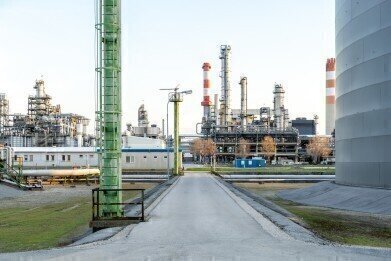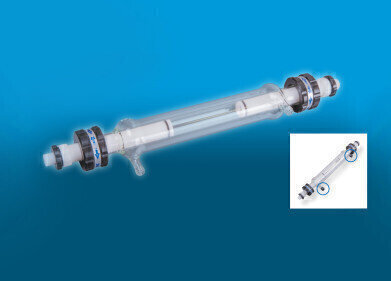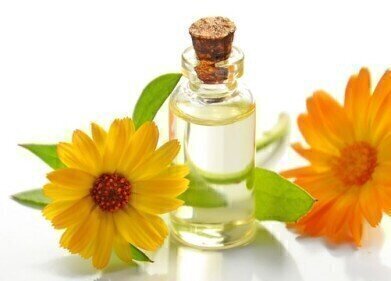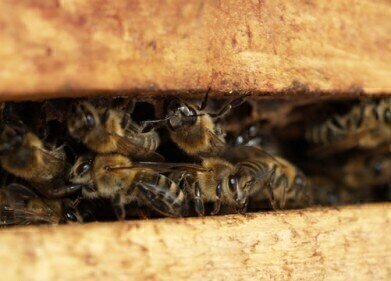LCxLC
5 Applications of Liquid Chromatography
May 30 2022
If you want to separate components from within a sample, liquid chromatography is one of the best ways to achieve it. Unsurprisingly, that makes it the method of choice for a number of applications.
To give you a better idea, we’ll highlight 5 of its uses below…
- Forensics
Scientists have to be very careful when examining the materials used in explosives. Not least because gas chromatography can wear them down and negatively impact the results’ accuracy. Thankfully, liquid chromatography can be used to protect the substance during analysis, helping teams determine what materials have been used, for example.
- Pharmaceuticals
Another application of liquid chromatography is in the pharmaceutical industry. In this case, high-performance liquid chromatography is used to analyse drug products to separate their various ingredients, which can then be quantified. This step ensures drug products are manufactured both safely and consistently.
But that’s not all. It can also be used to test for traces of drugs within a patient. By analysing plasma, serum or urine, medical professionals can determine what quantity of specific ingredients have made it into a patient’s body, giving them a better idea of the dosage required for treatment.
- Criminal drug use
In a similar vein to the point above, liquid chromatography is one of the ways drug use can be detected with regards to illegal substances. If the police want to prove that someone has driven under the influence of drugs or just taken illegal drugs, liquid chromatography can separate the specific illicit component from a sample.
The same is true for sporting bodies, who want to determine whether drugs have been used during competitions. This has happened on several occasions to enhance performance, which is why – to no surprise – various substances are banned in so many sports.
- Food analysis
Much like pharmaceuticals, food products need to have the right ingredients in the right quantities – not to mention avoiding the wrong ingredients as well. Liquid chromatography can test for undesirable components in food product, such as veterinary drugs and pesticides. It can also be used to separate specific compounds to determine what creates a certain flavour or aroma profile within a product.
- Petrochemicals
The petrochemical industry covers a wide range of plastics, solvents, fertilizers, paint products and insulating materials. As such, products need to perform as expected. To achieve that, manufacturers and product developers need to perform accurate tests.
Liquid chromatography is one of the methods used to perform polymer/copolymer analysis. It’s also used to analyse surfactants, polymer additives and smaller molecules, as discussed in the article, Comprehensive Separation Technologies Applied to the Petrochemical Industry.
Events
May 11 2025 Vienna, Austria
May 18 2025 Tempe. AZ, USA
May 21 2025 Birmingham, UK
Jun 01 2025 Baltimore, MD, USA
Jun 15 2025 Bruges, Belgium














